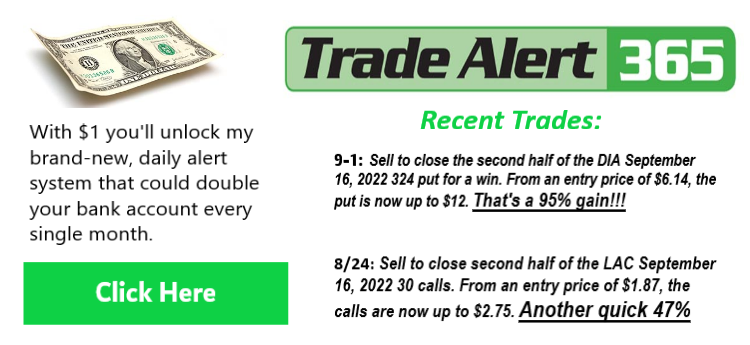by Duane Davis
Extreme openings usually only occur a dozen or so times a year and when they do, they present the day trader with some interesting opportunities. The 5-day average range is an important tool used to measure the markets current volatility. We used the 5-day average range as a ‘yardstick’ for defining an extreme opening to search 15 years of data to find those days when the S&P 500 futures opened below the previous day’s low by more than the 5-day average. In the chart below, we’ve taken all of those days and blended them together. The chart below was constructed using the intraday data for these days.

Wow – in looking at this chart we can see that these trades have a tendency to open and trade higher for the rest of the day. The average gain from the open to the close is just over 80% of the 5-day average range (during the year 2002, before commission, this would have been around $4,000 for the regular S&P and $800 for the e-mini). After an extreme downside open, the S&P has a tendency to finish higher 87.50% of the time.
But what happens when the open is below the previous day’s low, but it’s not quite as much as the 5-day average range?
The Living Oscillator is used to identify when a market is short-term overbought, or short-term oversold. The trade for a Living Oscillator ranges from a low of zero to a high of 100. The lower the Oscillator, the more oversold the market. The higher the Oscillator, the more overbought the market.

We used this Oscillator to divide these days into two groups. The first group, are those days when the trade for the Living Oscillator was below 50 (or oversold) the day prior to the extreme open. We found those days seemed to perform quite well. When these trades are filtered by the Oscillator the S&P has a tendency to finish higher around 75% of the time. The average gain for these days is over 80% of the 5-day average range.
The second group, are those days when the Oscillator was above 50 (or overbought) the day prior to the extreme open. The difference in the trading was amazing! We found that instead of gaining 80% after the open, these days had a tendency to decline by 80% of the 5-day average range, and they did it over 83% of the time.
And finally, on those days when the S&P 500 futures opens above the previous day’s high by more than the 5-day average range, does the market have a tendency to decline? It’s interesting that under these conditions, the market has a tendency to trade higher into the close. Click Here to read more about the trade for a Living Oscillator.
When the open is above the previous day’s high, but not quite as extreme (50% to 100% of the 5-day average range), the market usually makes an attempt to try and close the gap. However, once it becomes obvious that closing the gap isn’t going to be that easy, professional traders get busy and begin to take the market higher. After an early morning low, the S&P has a tendency to trade higher more than 72% of the time.
For those days when the Oscillator was below 50, the market had a tendency to make the same attempt at filling the gap. But once that attempt began to fail, the professionals began to take the market higher.
As we said “Extreme openings occur a dozen or some times a year and when they do, they present the day trader with some interesting opportunities”. As mentioned, when the market opens above the previous days’ high or below the previous day’s low, the result is what is referred to as a price gap.
Again, as day traders, we want to point out here that we’re more interested in the “open” of the Chicago day session. Therefore, we measure a gap from the close of the previous day session to the open of the current day session. When a price gap occurs in the S&P 500 futures, the tendency is for the market to try and ‘close the gap’. Thus, when the market gaps down, the tendency is to try and close the gap by trading higher to the previous day’s low.











Recent Comments